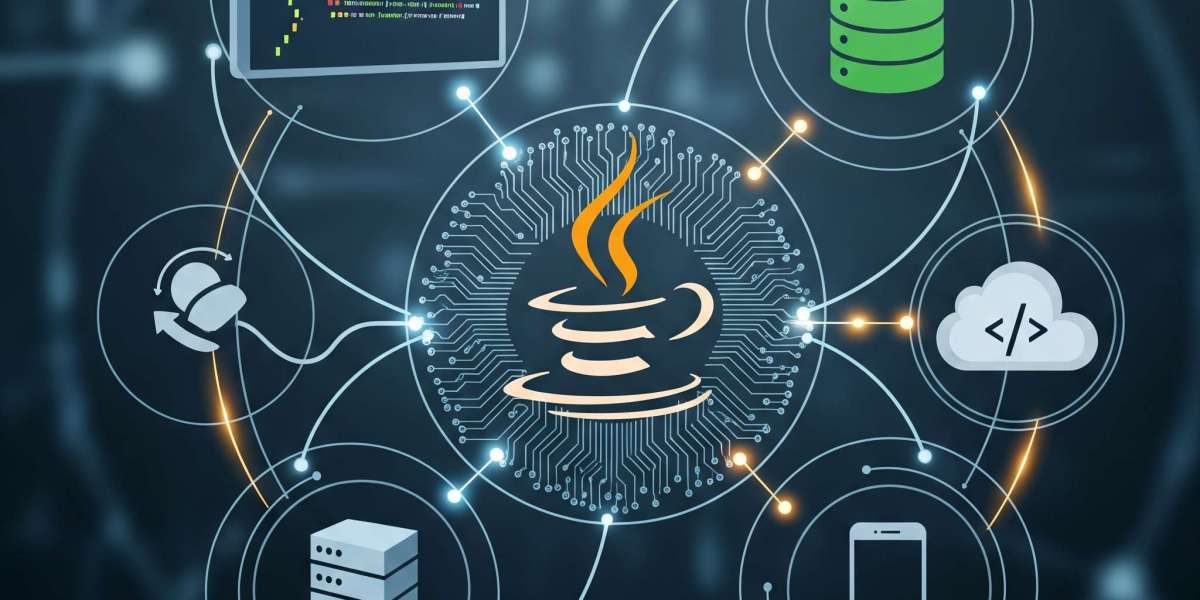Java is one of the most popular programming languages in the world, known for its versatility, portability, and strong community support. From web applications and mobile apps to enterprise software and embedded systems, Java powers a wide range of technologies. But what makes Java applications so powerful and reliable? In this post, we’ll explore the fundamental elements that form the backbone of every Java application.
1. Java Virtual Machine (JVM)
At the heart of every Java application is the Java Virtual Machine (JVM). The JVM allows Java programs to run on any device or operating system without modification, following the principle of “write once, run anywhere.” It converts Java bytecode into machine code specific to the host system, enabling platform independence and optimized performance.
2. Java Runtime Environment (JRE)
The Java Runtime Environment provides the necessary libraries and tools required to run Java applications. It includes the JVM, core classes, and supporting files. While the JVM is responsible for execution, the JRE ensures all the required components are available to make the execution successful.
3. Java Development Kit (JDK)
To build Java applications, developers use the Java Development Kit (JDK). The JDK includes the JRE along with development tools like the compiler (javac), debugger, and documentation tools. It’s essential for writing, compiling, and testing Java code.
4. Core Java Libraries
Java offers a rich set of built-in libraries that simplify development. These core libraries include packages for data structures, networking, file I/O, database connectivity (JDBC), and more. Instead of writing code from scratch, developers can use these reliable libraries to accelerate development and ensure consistency.
5. Object-Oriented Programming (OOP)
Java is fundamentally an object-oriented programming language. Concepts like classes, objects, inheritance, polymorphism, and encapsulation make it easy to build modular, scalable, and maintainable applications. OOP encourages clean code architecture and reusability.
6. Garbage Collection
Java handles memory management through an automatic process called garbage collection. This feature identifies and removes unused objects from memory, reducing the chances of memory leaks and making Java applications more stable and efficient.
7. Multithreading Support
Java has strong built-in support for multithreading, allowing developers to write programs that perform multiple tasks simultaneously. This is especially useful for applications that require high performance, such as real-time systems or networked applications.
8. Robust Exception Handling
Java offers a structured exception handling mechanism that helps developers manage runtime errors gracefully. It improves code stability and user experience by preventing abrupt crashes and allowing error recovery.
Conclusion
Understanding the core elements of Java applications is essential for anyone looking to build powerful and efficient software. From the JVM and JDK to libraries and object-oriented principles, each component plays a crucial role in the development and performance of Java programs. Whether you're a beginner or an experienced developer, mastering these fundamentals will help you create robust, scalable, and cross-platform applications.



